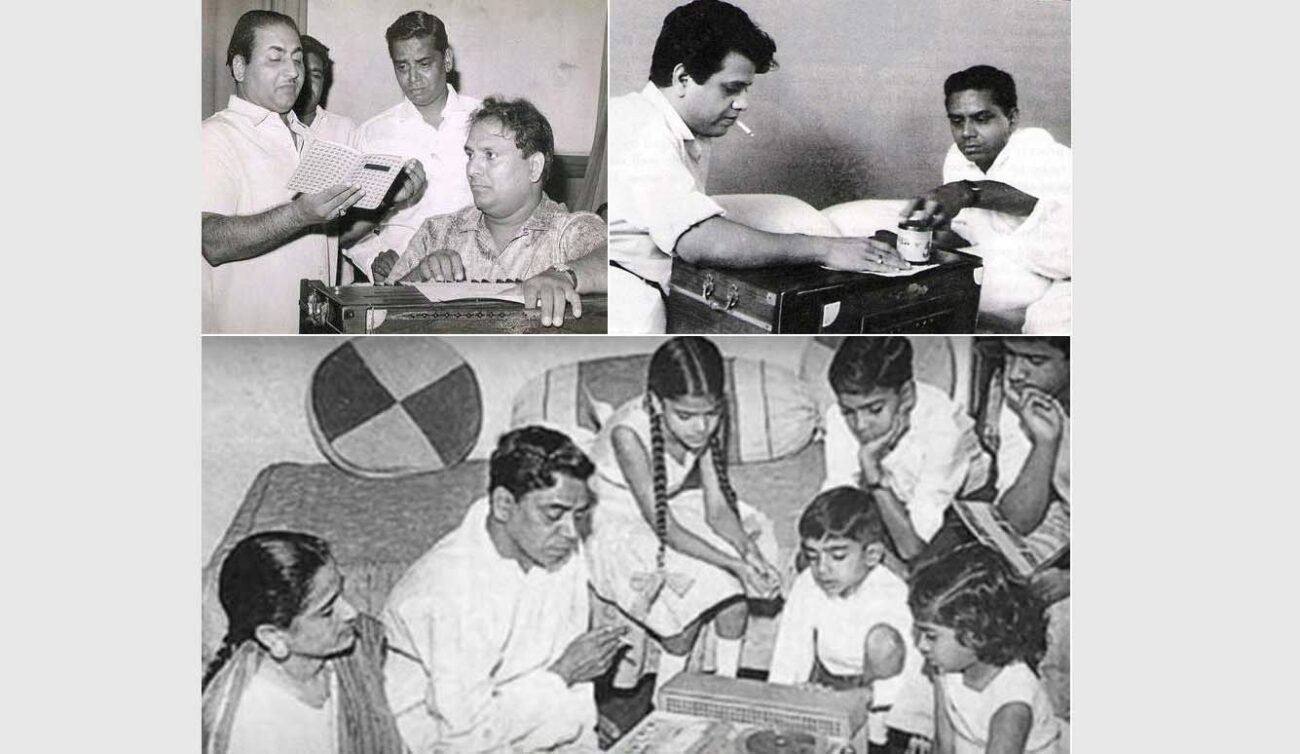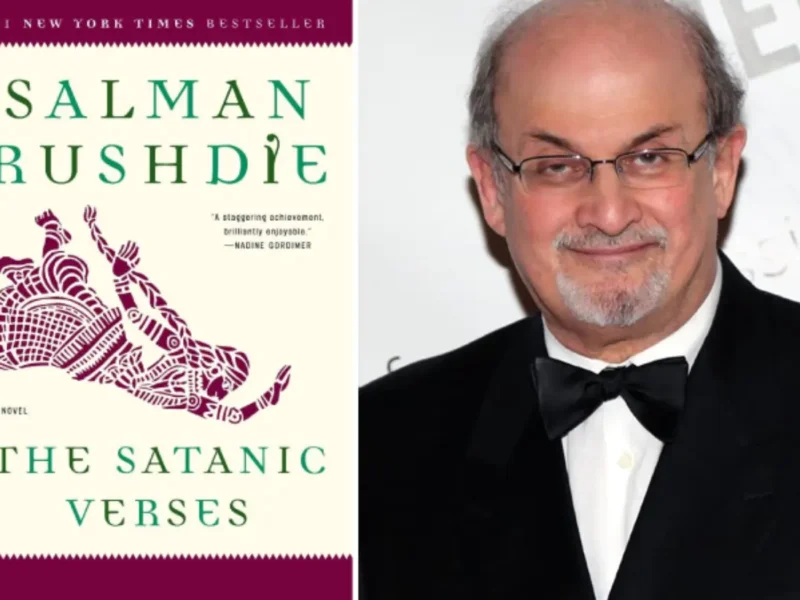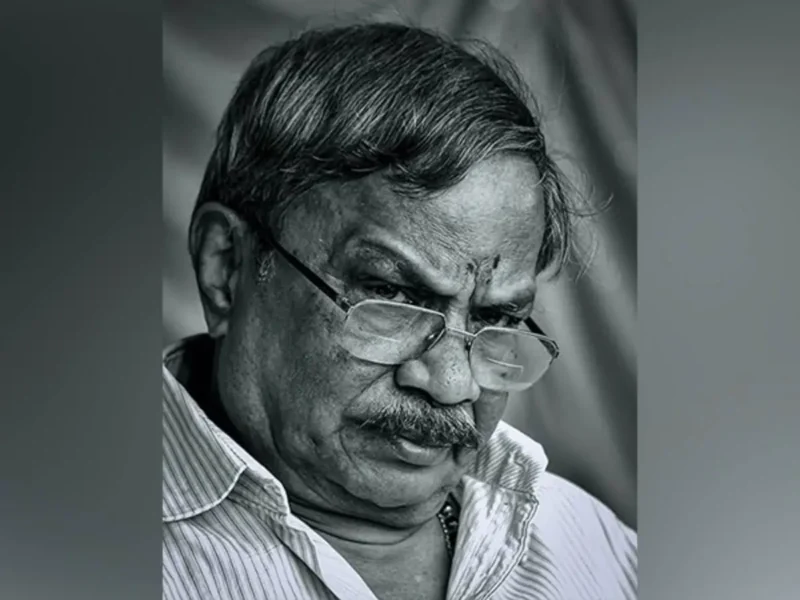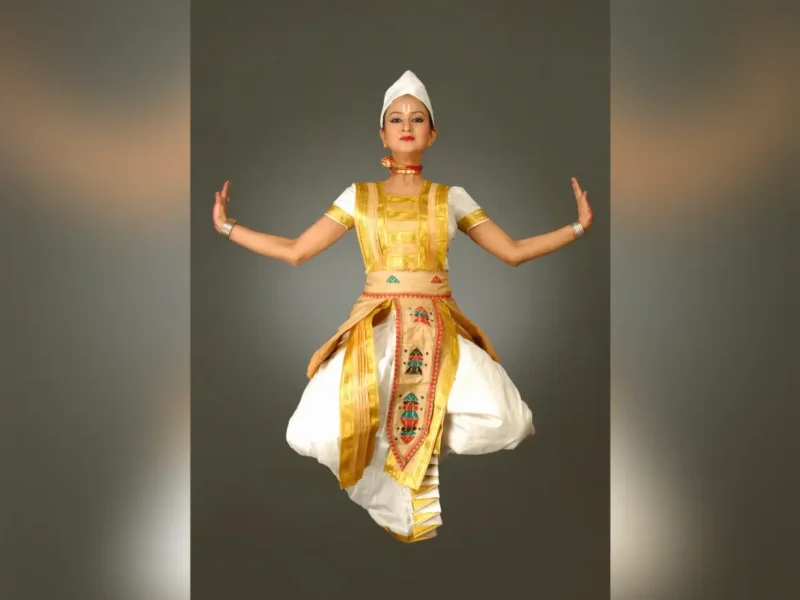
Shailendra Died Young to Live Forever
MUMBAI – Raj Kapoor’s naive innocence, as seen in “Mera joota hai Japani” to “Sab kuch seekha hamne”, Dilip Kumar’s restrained sorrow in “Toote hue khwabon” or “Yeh mera diwanapan hai”, Shammi Kapoor’s exuberant ebullience in “Chahe koi mujhe jungli kahe”, or Dev Anand’s cheerful jauntiness in “Khoya khoya chand” to “Gaata rahe mera dil” — all owe their origin to one man.
One of Hindi cinema’s most inspired, capable yet self-effacing wordsmiths, acknowledged duly by his peers — Raj Kapoor called him his “Pushkin” — and seen as inspiration by a later generation of lyricists, especially Gulzar, Shailendra, born Shankardas Kesarilal in 1923, left an indelible impact on film songs.
His oeuvre may not even add up to four figures in a career cut short by his untimely death, but in the span of a decade and half, his richness of thought entwined with an endearing simplicity of expression made him the torchbearer of poetry in Hindi film songs.
And he did more than anyone else to bridge the Hindu-Urdu dichotomy as well as get rustic variants of Hindi into the mainstream.
Songs like “Pyar hua ikraar hua”, “Ajeeb daastaan hai yeh”, “Sajan re jhooth mat bolo”, “Aaj phir jeene ki tamanna hai”, “Yeh raat bhigi bhigi”, “O sajna, barkha bahar aai”, “Ruk ja raat, thahr ja re chanda” and “Mere sajan hai us paar” and many more are abiding testimonies to the craft of Shailendra, who was adroit in combining vignettes and emotions — sadness, solitude, pain, love, memory, and so on.
Yet, despite his expressions of tenderness, Shailendra, who started his workin life as an engineering apprentice in the Indian Railways, remained a committed revolutionary at heart. “Har zor zulm ki takkar mein, sangharsh hamara naara hai”, the clarion call of protesters from the 1960s, and especially in the turbulent 1970s, was from a poem he wrote.
Born in Rawalpindi to a family that had migrated there from Bihar’s Arrah for a livelihood, and then moved to Mathura after Partition, Shailendra came to the attention of Raj Kapoor with his poem “Jalta Punjab” at a mushaira in 1948.
Raj Kapoor, in the usual style of movie titans, tried to buy it but was rebuffed by Shailendra, who, as a card-carrying member of the Indian People’s Theatre Association (IPTA), was chary of anything to do with the film industry.
A year later, however, Shailendra was in dire financial straits and approached Kapoor, who was then making his second film “Barsaat” (1949). For the then princely sum of Rs 500, Shailendra wrote two songs — “Barsaat mein” and “Patli kamar hai”.
This also marked the beginning of his Bollywood foray. From then on, along with singer Mukesh, music composers Shankar-Jaikishan, and fellow lyricist Hasrat Jaipuri, Shailendra became an indispensable part of the team that made up Raj Kapoor’s distinctive on-screen persona — both in RK banner films, from “Awara” (1951) to “Mera Naam Joker” (1970), and others, like “Chori Chori” (1956) and “Anari” (1959).
Like Shankar-Jaikishan, with whom he had struck a rewarding relationship, Shailendra also worked with other filmmakers. He was Bimal Roy’s personal choice to write the lyrics for his “Do Bigha Zamin” (1953), given its setting, and was roped in for his “Madhumati” (1958) and “Bandini” (1963). He also wrote the songs for Hrishikesh Mukherjee’s “Anari” (1959) and for Dev Anand, “Guide” (1965).
Salil Chowdhury and Sachin Dev Burman were the other composers he struck a chord with — in fact, two of the senior Burman’s best known Hindi film songs in his own voice were penned by Shailendra.
As the 1960s dawned, Shailendra was keenly interested in Basu Bhattacharya’s “Teesri Kasam” (1966) and backed it, but the delay in its making, and its commercial failure, played heavily on him and he died in December 1966, aged just 43.
His legacy, however, lives on. On his 99th birth anniversary, let us look at some of Shailendra’s songs, famous or less famous.
“Dharti kahe pukaar ke”: This paean to farming from the neo-realist “Do Bigha Zameen” (1953), which remains the most penetrating studies of the problems of agrarian India, sounds like an anthem, no less due to the Red Army marching song that inspired music composer Salil Choudhary. Manna De’s voice compliments Balraj Sahni perfectly.
“Andhe jahaan ke andhe raaste”: This rhythmic yet pensive song, picturised on Dev Anand in “Patita” (1953), draws comparison with Sahir’s “Jayen to jaayen kahan” from “Taxi Driver” (1954), also filmed on the same actor. For good measure, both were rendered by Talat Mehmood, but Shailendra has an edge. Hear both and judge for yourself.
“Zindagi khwab hai”: Picturised on a drunk Motilal swaying down a Calcutta Street, this Mukesh song from the avant-garde “Jaagte Raho” (1956) perfectly captures the mental ramblings of a rather pompous hedonist — take the operning lines “Zindagi khwab hai, khwab mein jhooth kya’. Salil Choudhary provided the music.
“Tu pyar ka saagar hai”: This serene and soothing hymn from “Seema” (1955) is possibly the best of its kind in Hindi films, and the aristocratic bearing of Balraj Sahni, whom it is picturised on, and the aristocratic voice of Manna De, compliment Shailendra’s words, like “ghaayal man ka, paagal panchi udne ko beqaraar”. Shankar-Jaikishan provided the music.
“Chadh gayo paapi bichhua”: As for the supernatural thriller “Madhumati” (1958), you could be spoilt for choice in selecting its best song, from “Suhana safar” to “Aaja re” to “Dil tadap-tadap ke”. This rustic flavour-leavened — an art Shailendra excelled in — and yet in-your-face sensuality puts this one in a different category. Lata Mangeshkar and Manna De’s voices and Salil Choudhary do what’s expected.
“Jhoomti chali hawa”: One of the finest ghazals in Hindi films, this haunting song from “Sangeet Samrat Tansen” (1962) shows Shailendra at his most creative in writing for the legendary 16th-century singer. Mukesh sang for Bharat Bhushan and the music was by S.N. Tripathi (who also played Emperor Akbar in the film).
“Wahan kaun hai tera, musafir jaayega kahan”: “Guide” (1965), starring Dev Anand and Waheeda Rehman, is another of those films where you cannot choose which song is the best, but this philosophical reflection on life — memorably rendered by S.D. Burman himself — stands out.
“Jaan pehchan ho jeenaa asaan ho”: One of the first Hindi film songs to be featured in a Hollywood film (“Ghost World”, 2001) and a Heineken commercial, this fast-paced, pop-rock number from thriller “Gumnaam” (1965), composed by Shankar-Jaikishan and sung with gusto by Mohammad Rafi, shows Shailendra in a totally unexpected light.
“Chalat musafir moh liyo re pinjre wali muniya”: The finest rendition of the cadences of rural India, this rollicking song from “Teesri Kasam” (1966), which was both Shailendra’s dream and the cause of his doom, had Manna De’s voice and Shankar-Jaikishan’s music to complement it. It was picturized on Krishan Dhawan, a character actor of his times and the father of TV actor Dilip Dhawan.




